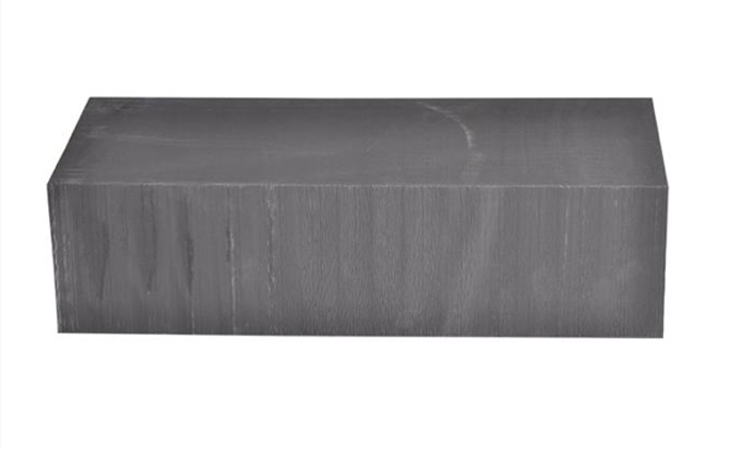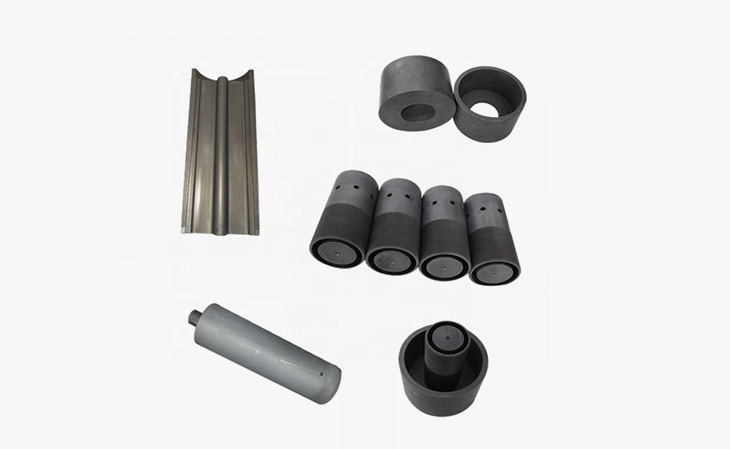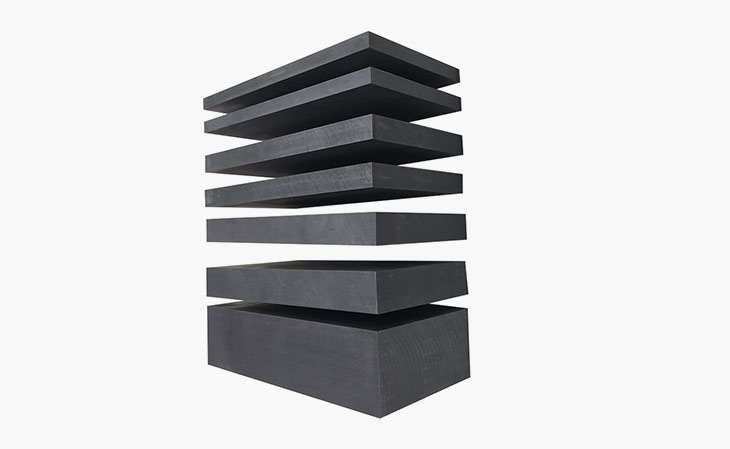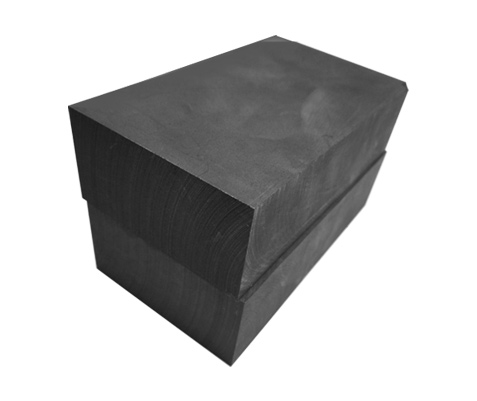Graphite products, known for their special structure, have many characteristics such as high temperature resistance, thermal shock resistance, conductivity, lubricity, chemical stability and plasticity, and have always been an indispensable strategic resource in military and modern industries as well as in the development of high-tech technologies. Graphite products, such as graphite sheets and graphite boats, have a wide range of applications, and experts have predicted that "the 20th century was the century of silicon, and the 21st century will be the century of carbon".
1. Advantages of graphite products
Graphite products have good thermal conductivity, quick heat transfer, uniform heating, and fuel saving capabilities. Baking pans and pots made of graphite heat up quickly, and the food cooked in them is heated evenly from inside to outside, with short heating time, pure taste, and the ability to lock in nutrients. Graphite products have chemical stability and corrosion resistance. Graphite has good chemical stability at room temperature and is not corroded by strong acids, strong bases, or solvents. Therefore, even with long-term use, the wear and tear on graphite products is minimal, easy to clean, and looks new. Graphite products have strong oxidation and reduction effects. Graphite products, especially graphite mattresses, can produce negative ions, activate the surrounding items, maintain human health, effectively prevent aging, and make the skin full of luster and elasticity.
2. Industry applications of graphite products
The characteristics of graphite determine its wide range of applications in the industrial field, such as in metallurgy, machinery, petroleum, chemical industry, nuclear industry, national defense, and other fields.
Refractory materials: Graphite products are used as crucibles in the metallurgical industry to refine precious metals such as non-ferrous metals and special steels, and as magnesia carbon bricks for lining smelting furnaces. They also serve as pouring insulation, slag protection and ladle covering agents for refining and casting steel.
Conductive materials: In the electrical industry, graphite can be used as electrodes, brushes, rods, carbon pipes, and coatings for cathode ray tubes and vacuum tubes.
Wear-resistant materials and lubricants: In the machinery industry, graphite can be used as wear-resistant and lubricating materials. For example, graphite can slide at a speed of 100m/s within the temperature range of -200-2000℃ without the need for lubricating oil. Graphite lubricants include oil, water, powder, colloidal graphite, graphite grease, and graphite root discs.
Sealing materials: Flexible or expanded graphite is used as centrifugal shaft, turbine, piston rings, and seals for equipment transporting corrosive media, and as cylinder gaskets for cars, etc.
Corrosion-resistant materials: Graphite can be used to make vessels, pipelines, and equipment, such as heat exchangers, reaction tanks, acid pickling tanks, etc., because they can withstand various gas and liquid corrosion, and are widely used in the petroleum, chemical, and wet metallurgical industries.
Insulation, high temperature resistance, and anti-radiation materials: Graphite can be used as a neutron moderator and a shell for preventing atomic radiation in nuclear reactors, as well as for nozzles of rockets, nose cones of missiles, parts of space equipment, insulation materials, and anti-radiation materials.
Others: Mold coatings, pencils, batteries, electrodes, graphite bombs that cause short circuits in power transmission lines, anti-radiation materials, etc.
 English
English








